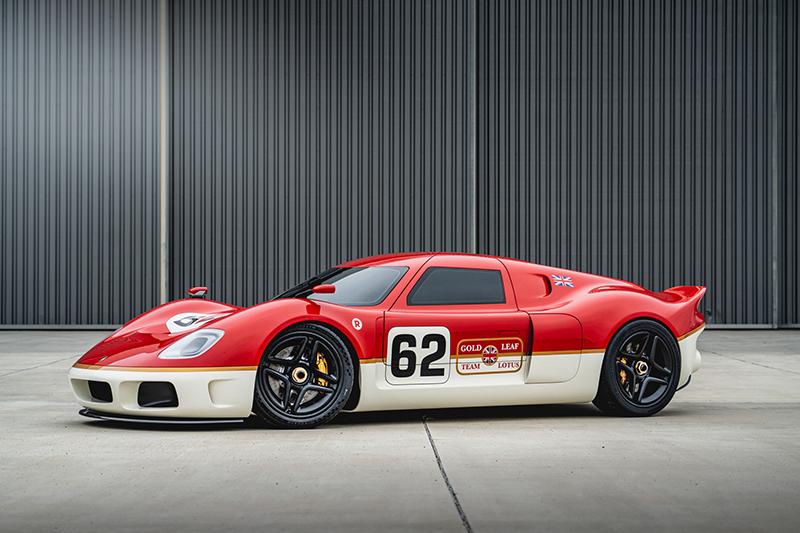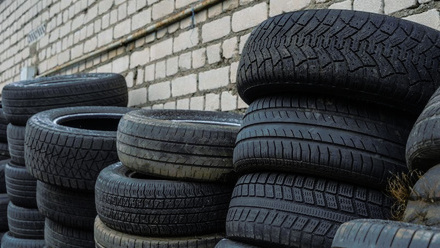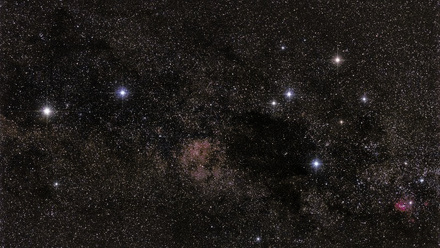Combining carbon composite and aluminium in the first modern coachbuilt Radford
British automotive brand Radford has unveiled a Lotus Type 62-2 (The Type 62-2), the first modern coachbuilt Radford.

Limited to just 62 examples worldwide, each model will be built to its individual owner’s desired specification – the marque is currently accepting applications for build slots for the car. Admittedly no family car, the Type 62-2 has fun with the materials used and the focus is on a lightweight construction.
The chassis and body are constructed from high-quality bonded and riveted aluminium and premium-grade carbon fibre composite respectively. This choice of advanced lightweight materials ensures inherent stiffness and gives a dry weight, for the race specification Type 62-2s, of under 1,000kg. At the core of the Type 62-2 is a light aluminium monocoque structure. The construction ensures exceptional torsional rigidity, which benefits handling and agility while enhancing comfort.
The integrity and torsional strength of the chassis lower the need for additional bracing within the cabin – leaving the interior uncluttered and leading to further weight savings.
Adjoining the aluminium chassis is a carbon fibre composite structure that is inserted into the chassis. This incorporates the firewall, windscreen and roof structure of the car – effectively creating the structure of the car's passenger cell. The design contains a carbon composite roll hoop to offer occupant protection in the event of an accident.
The exterior body panels are crafted from carbon fibre composite – these include the front clam, the doors, the wheel arches, and all of the car's rear panels, including the distinctive cover above the engine bay and the double rear ducktails.
At launch, two versions of the Type 62-2 will exist, a 'Classic' version, with subtle design cues to the original Type 62 Lotus car which was designed without a wing, and a 'Gold Leaf' version, which pays homage to the race car's distinctive wings added by Lotus in period for more downforce after track testing.
On the Classic Type 62-2, five-stud 17-inch forged aluminium wheels are fitted at the front and 18-inch wheels at the rear. On the Gold Leaf model, the wheels are two-piece aluminium 18-inch at the front and 19-inch at the rear, with optional period centre-lock fixings available.
Carbon composite wing mirrors with embedded camera technology, LED headlights, rear lights and daytime running lights capitalise on more modern technologies. The rear-view mirror is also replaced by a camera, as no rear visibility would be possible with a conventional mirror – due to the solid rear panel.
At the rear of the Gold Leaf Type 62-2, the double ducktail spoiler sits above the Lotus brand and the rear is finished by two symmetrical wide-bore ceramic coated exhaust pipe tips.
The engine in the Classic Type 62-2 musters 430bhp of power, and with a predicted dry weight of under 1,000kg, the car will produce around 430bhp/t – which is comparable to many modern supercars.
The engine in the Gold Leaf version features upgraded pistons, con-rods, camshafts and uprated electronic mapping to cope with the additional power and torque. In this form, it produces 500bhp. On all models, a bespoke titanium exhaust system delivers what the company describe as ‘a genuinely impressive aural experience.’







